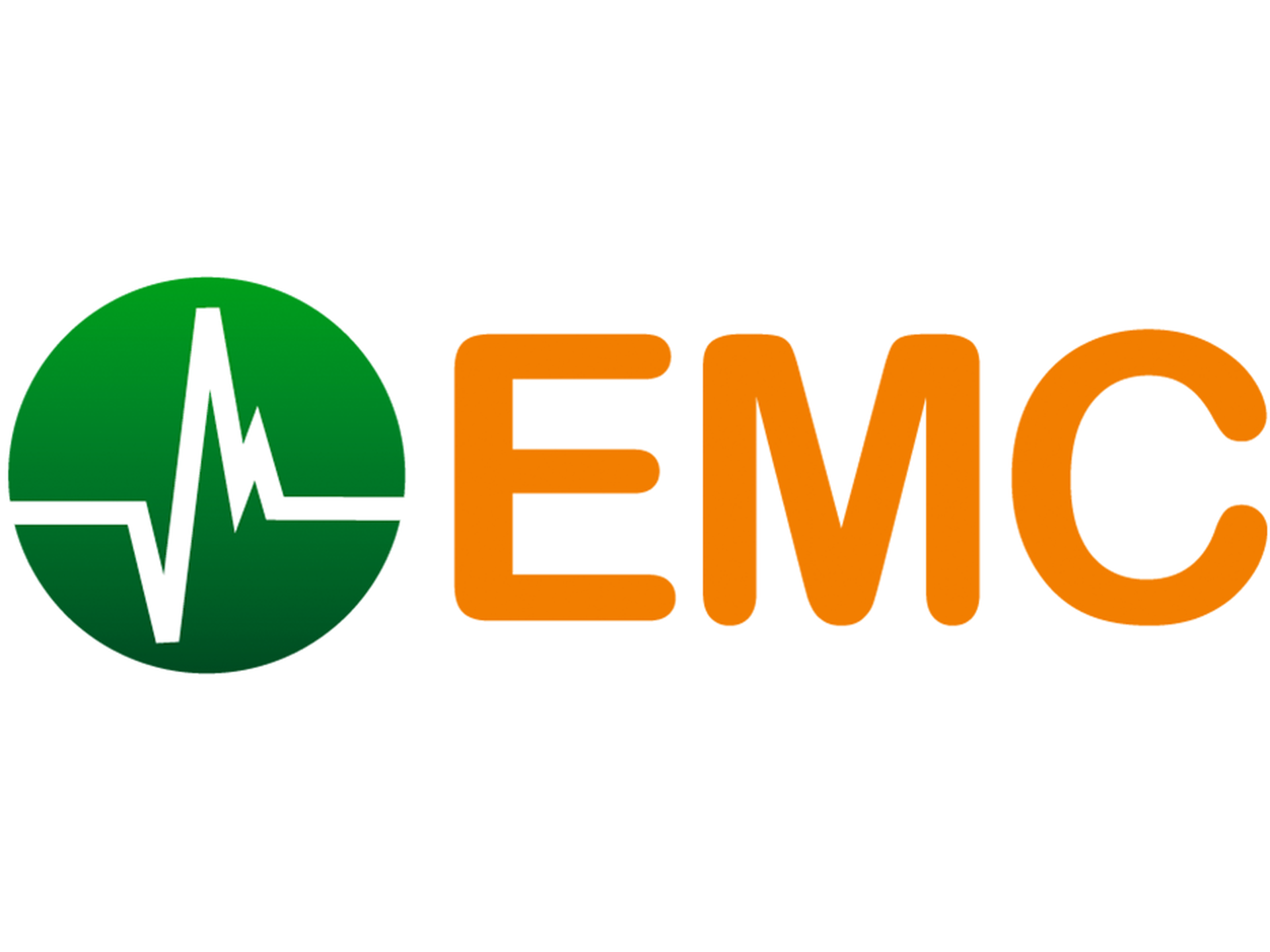EMC
EMC measuring devices for industrial networks
Interference from electromagnetic effects is one of the most common—and most underestimated—causes of sporadic machine downtime. As automation density and switching frequencies rise, so does the need to measure leakage, shielding, and interference currents to keep communication stable.
Jump to Products Talk to an EMC Specialist

Why EMC matters in OT/industrial networks
EMC issues degrade signal quality and create hard-to-trace, intermittent faults. Typical root causes include:
- Leakage currents flowing via unintended return paths (e.g., over cable shields or device electronics)
- Insufficient equipotential bonding between machine sections and control cabinets
- Inductive coupling from motor/drive cables into adjacent communication cables
Proactive measurement verifies shielding/earthing quality and reveals the currents that destabilize PROFINET/PROFIBUS and other fieldbus/Ethernet systems—before they become costly downtime.
How we measure: handheld & diagnostic clamps
Leakage current (50/60 Hz and 5 Hz–1 kHz)
For detecting screen and leakage currents in the power-line frequency band and low-frequency range, use the EMCheck® LSMZ I. It helps pinpoint undesired current paths (e.g., via cable shields) that impair long-term communication quality.
Long-term interference current logging (up to 14 days)
To capture sporadic disruptions and verify interactions between power and control wiring over time, the EMCheck® ISMZ I records line-borne interference currents for up to 14 days—even in harsh EMC environments. It supports standards-based checks of bonding/shielding quality.
Equipotential bonding quality and shield loop resistance
For metrological evidence that equipotential bonding is adequate—without a toolbox full of instruments—the EMCheck® MWMZ II measures bonding quality and, when needed, determines shield loop resistance of bus/measurement cables and return-current paths.
Continuous EMC monitoring (condition monitoring)
For permanent monitoring of electromagnetic influences, the EMC-INspektor® V2 measures current and frequency:
- Along network cables and encoder lines
- Via 24 V DC supply and 230/400 V AC distribution
- Across the equipotential bonding system
Four channels can be recorded and analyzed in parallel—contactless and without interruption—so maintenance teams can apply channel-specific quality parameters for targeted condition assessment and alarms.
shop

